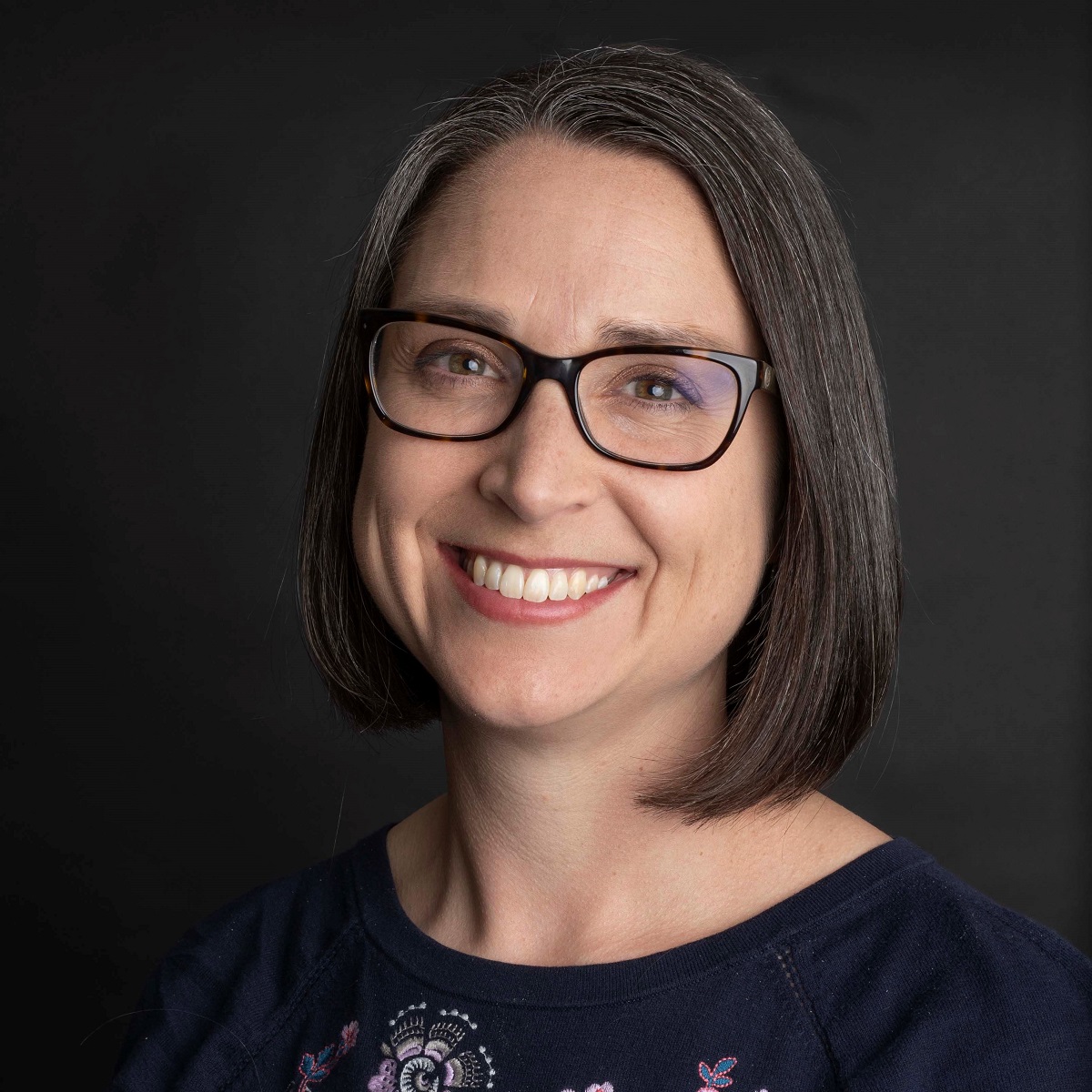Assistant Professor of Environmental Science Lynne Gratz will be the lead principal investigator on a $1.6 million, multi-institution National Science Foundation grant.
The research project, a collaboration between Colorado College, Utah State University, University of Colorado Boulder, and University of Utah, will focus on the chemistry of atmospheric mercury, a hazardous air pollutant of both local and global importance. Colorado College's portion of the grant, $254,471, will support two student researchers each in the summer of 2021 and 2022, as well as Gratz's participation in the fieldwork and data analysis over the next three years.
The project will explore the chemical mechanisms by which the persistent, globally-transported form of atmospheric mercury is converted to its more water-soluble, readily-deposited oxidized form that ultimately can bio-accumulate within ecosystems, posing environmental and human health risks. Gratz notes that the main way humans are exposed to environmental mercury is through the consumption of contaminated fish. Mercury enters the aquatic ecosystem through atmospheric deposition and can bio-accumulate in fish tissues (i.e., higher food-chain fish can accumulate more mercury).
The main study objective is to identify the important mercury chemical mechanism(s) in different air masses and under different meteorological conditions. There is uncertainty about the important chemical reactions that convert mercury to its oxidized form in the atmosphere, making it difficult to understand environmental mercury cycling and fate, says Gratz. The project will develop improved methods for measuring oxidized mercury and then utilize the measurement system at the Storm Peak Laboratory in Steamboat Springs, Colorado.
"These measurements from a high elevation site over the course of two spring-summer periods will allow us to study the chemistry and meteorology that affect oxidized mercury levels," says Gratz. "Our results will fill key knowledge gaps about mercury cycling in a continental environment, and our dataset can ultimately be used to evaluate models that inform public health discussions about mercury."
Gratz is excited about the opportunities this multi-institution project provides CC students. "This project gives our students a chance to collaborate with faculty and students from other institutions of higher education in the region including large research-oriented schools.
"CC students will meet and work with undergraduates as well as graduate students and post-doctoral researchers from those schools [Utah State University, University of Colorado Boulder, and University of Utah], which will open up both formal and informal mentoring opportunities as well as conversations about career paths in the field. Students also will be involved in community engagement and science communication as we prepare posters and presentations for the local community about the work we are doing at Storm Peak Laboratory," she says. Gratz also aims to incorporate the project into her courses where appropriate, thus exposing more students to the project and its outcomes.



